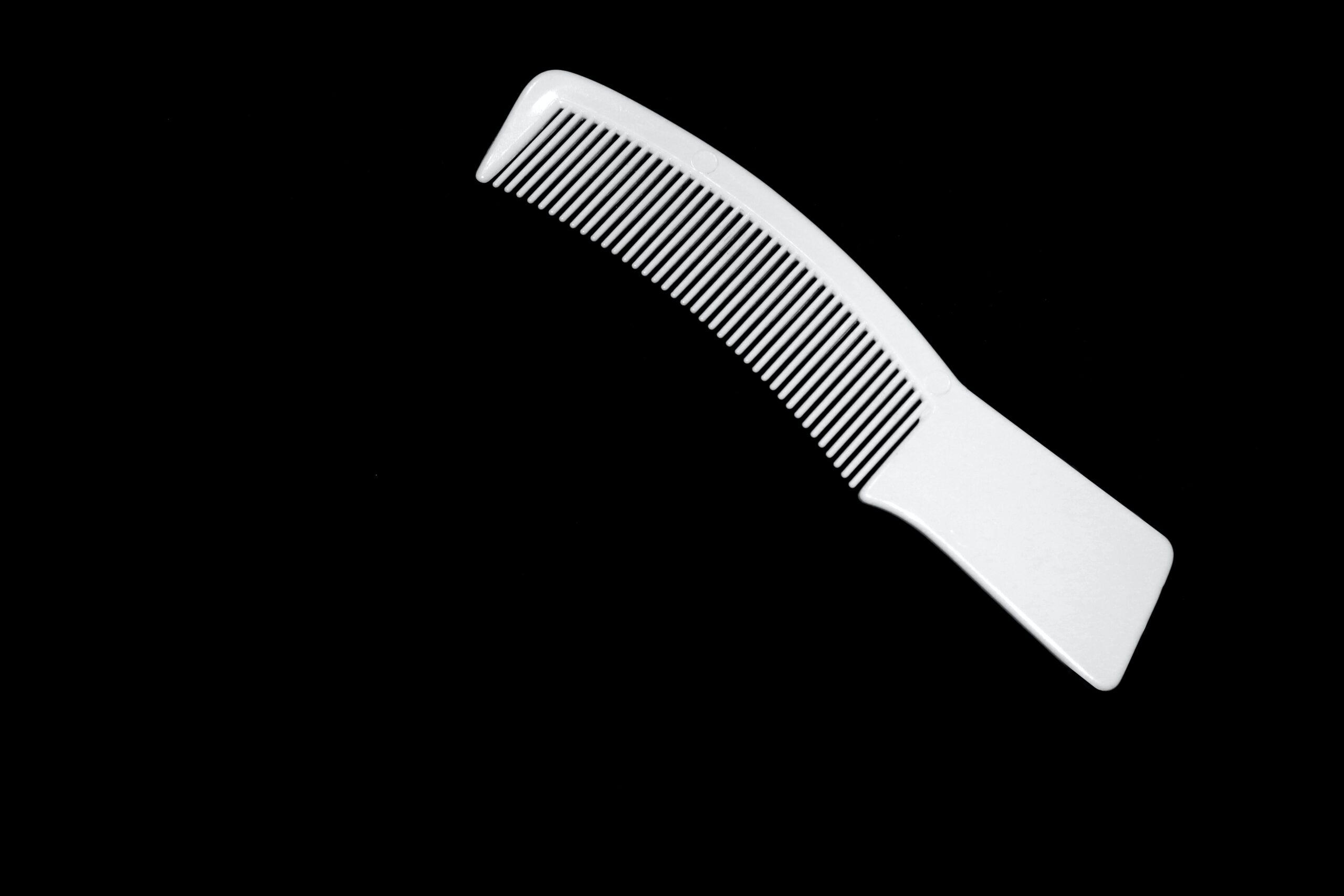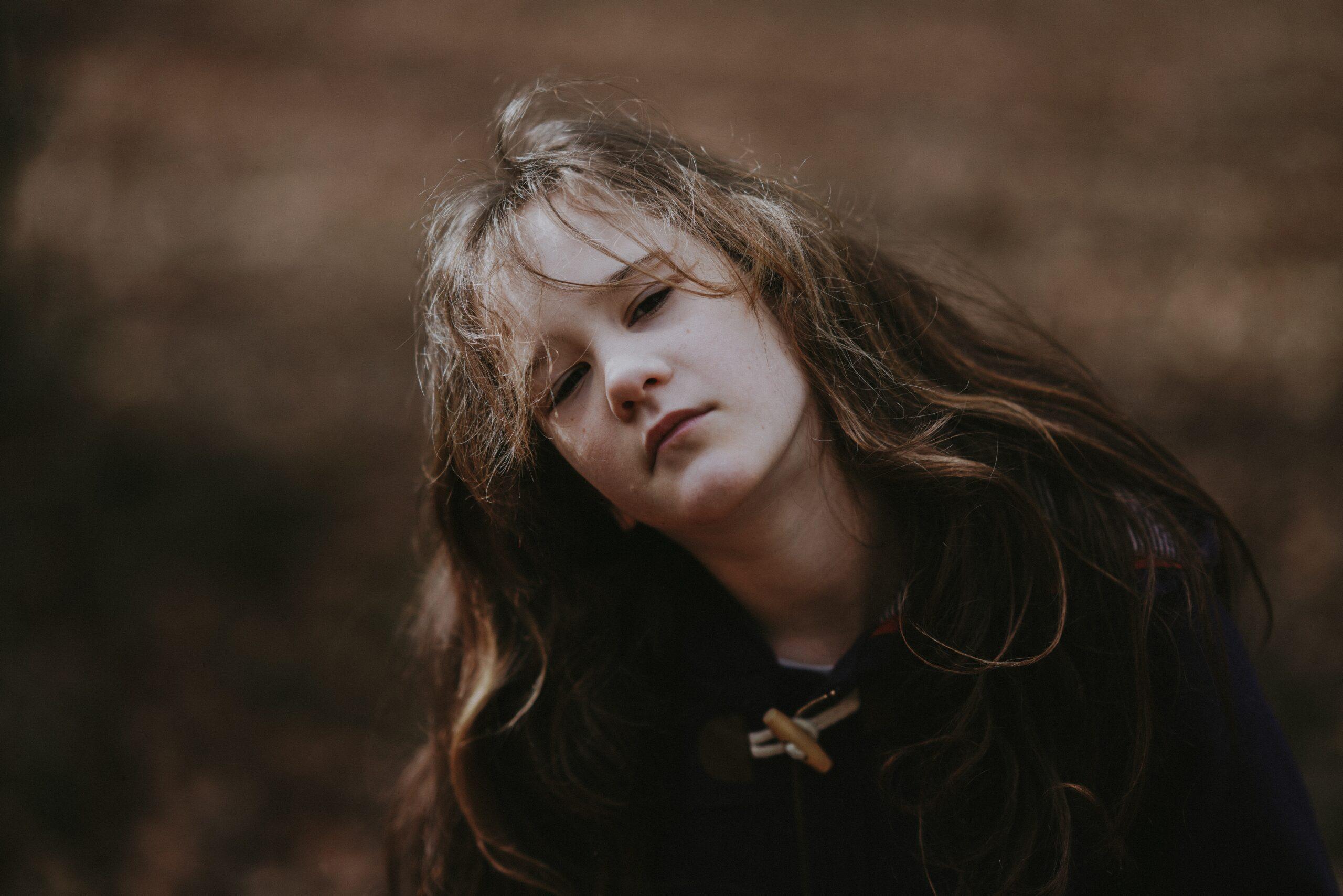Nearly 12 million Americans will be infested with head lice this year, most of them children. These tiny insects, about the size of a sesame seed, can cause a social and economic nightmare. New York state alone loses about $25 to $35 million annually in school funding due to head lice absences.
Head lice (P. humanus) are wingless insects found in almost all countries and all climates. They feed on blood for nourishment, and humans are their primary host. You might be surprised to learn that lice are not discriminating; they will infest anyone, and they actually prefer clean hair.
Lice are irritating. They cause itching and discomfort on the scalp, especially around the ears and neck. They spread from person to person through direct contact or by sharing common items such as hats, combs, pillows, headbands, helmets and more.
When my own children came home from school suffering from lice, my wife didn’t believe the amount of work that went into treating it. She thought washing the pillows, vacuuming the beds and floors, bagging the stuffed animals for two weeks and treating our children’s scalps numerous times was just way too much. Because all the steps weren’t followed, the lice returned a week later.
That brought my wife to tears. This time, we did the thorough treatment. And one of the things that hit me was how the pesticides really irritated my children’s heads. They were severely uncomfortable. I thought there had to be a better way to do this.
That was my inspiration to help formulate LiceFreee!®, a pesticide-free, lice-killing hair gel that works like salting a slug. Unlike potentially harmful pesticides, lice can’t grow resistant to salt.
This year, a new back-to-school program called Keeping Our Kids Lice Free will educate teachers, parents, children and school nurses about the prevention and treatment of head lice. It is being launched by the makers of LiceFreee!, the number-one selling, non-toxic lice treatment and sponsors of the National PTA. The program will include a DVD and information packet educating everybody about the facts and fiction of head lice, the dos and don’ts of checking children for head lice, and how to treat and prevent head lice.
If your child brings lice home, be careful! Most products developed to kill lice contain pesticides: neurotoxins that can potentially cause nerve damage if too much is used. Pet shampoos and insecticides including flea and tick treatments also are dangerous. Some home remedies such as kerosene, gasoline and alcohol can even be lethal. They are not only flammable but also can be toxic when they are absorbed through the scalp. Other home remedies such as petroleum jelly may make it hard for lice to breathe but probably won’t kill them.
I know of one young lady whose hair started falling out in clumps after she tried to kill her head lice with mayonnaise, which just immobilizes the lice. If you don’t get them out of your hair, they inject an enzyme into your scalp to keep the blood flowing so that they can feed. That creates small open wounds, and in this young lady’s case, she acquired a secondary infection.
An effective alternative is to use a product that uses salt as its active ingredient. Whereas pesticides force you have to wait three to four days for the lice eggs to develop a nervous system before they can be killed, a salt-based gel can permeate and kill the eggs at any stage. Plus, it’s effective on adults. So you get faster results, and the salt is safe for repeated use if necessary.
Here are some other tips for detecting, treating and preventing head lice:
Detection
- The telltale sign of lice is an itchy head. Scratching the itch could lead to sores on the scalp or around the neck and ears.
- Severe cases may cause swollen lymph glands.
- Other signs may include eggs, and in some cases, live lice in the hair, frequent head scratching, loss of sleep, shortened attention span and depression.
Treatment
- Even if all lice and eggs appear to be gone, follow through with the second treatment.
- When treating, check carefully for eggs and remove all of them.
Prevention
- Keep in touch with your child’s school so that you’ll know if a lice outbreak occurs.
- Teach your child to avoid sharing personal items with friends at school.
- Periodically check your entire family’s hair for lice and eggs.
To learn more about preventing and treating head lice, visit www.licefreee.com.



